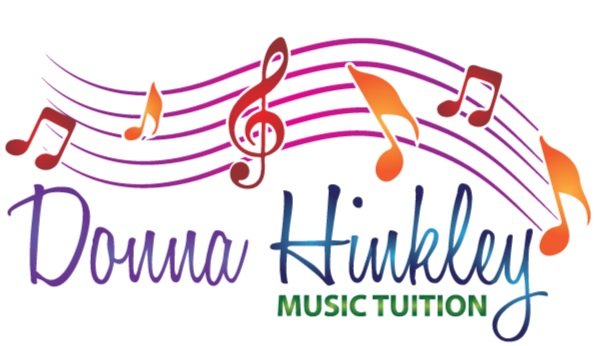Choosing An Instrument
Having a suitable instrument at home is essential for developing good playing technique and fostering a love of music.
Starting on a quality instrument not only supports healthy playing habits and makes practice more enjoyable, but also helps students stay motivated and engaged with their lessons - and avoids spending money on something they may quickly outgrow.
Acoustic Pianos
A traditional, full acoustic piano with real hammers and strings.
Pros:
Best sound quality and playing experience
Weighted keys build control and refine playing technique
Long-term reliable option (can last decades)
Encourages good technique from the start
Cons:
Higher initial cost
Requires regular tuning and maintenance (approx. $200–$350 per year)
Difficult to move (piano moving costs are around $350-$400, depending on distance and access)
Price Guide:
Second-hand pianos can be purchased at many music stores, usually starting at around $3,500. New acoustic pianos typically start at about $5,000.
If purchasing second-hand, I recommend buying from a reputable music store - this usually includes a warranty and may include delivery or tuning.
If purchasing privately (via Marketplace, eBay, or Gumtree), it’s important to arrange for a piano tuner to inspect the instrument before purchase. Repairs can be costly, and this precaution ensures you’re buying a quality instrument at a fair price.
Digital Pianos
Digital pianos use sampled sounds and weighted keys to mimic the feel and sound of an acoustic piano. Weighted keys are designed to feel like a piano and require similar pressure to press, helping students develop the fine motor control and touch they need.
Types:
Console-style digital pianos: Built into a cabinet with a fixed stand and pedals
Portable digital pianos with furniture stand and pedal unit: A portable piano body combined with a sturdy fixed stand and full three-pedal unit
Pros:
Weighted keys replicate the feel of an acoustic piano
No tuning required
Volume control and headphone options
Compact and more affordable than an acoustic piano
Often include useful features such as metronomes or recording functions
Integration with digital devices for educational purposes
Cons:
Sound and touch are not quite the same as an acoustic piano
Price Guide:
Entry-level: $900–$2,000
Look for a model that includes a solid stand and pedal unit. This gives students the correct playing height and posture, and allows them to explore pedal use right from their very first lessons.
Electronic Keyboards
Electronic keyboards are smaller, with fewer keys and light, springy action. While they can seem like an affordable starting point, they are not ideal for learning piano.
Keyboards don’t have weighted keys or pedals, which makes it difficult for students to develop proper technique and build the fine motor control they need. Because we explore the full range of the piano and use pedals from the very first lessons, students who only have access to a keyboard at home often become frustrated - and in my studio, I’ve found that students who begin on a more suitable instrument tend to stay engaged and continue lessons much longer.
If a keyboard is your starting point, please plan to upgrade to a digital or acoustic piano as soon as possible — ideally within the first few months.
Seating And Stands
To set students up for success from the start, it’s important that their instrument is set up at the correct height.
Use a proper adjustable piano bench — dining chairs are usually too low, especially for children
If purchasing a portable digital piano, choose a sturdy furniture-style stand rather than placing it on a table, desk, or X-style stand
Adjust the bench height so the student’s forearms are parallel to the floor when playing
This ensures good posture and helps students develop correct playing technique.
Need Help Deciding?
If you’re unsure which instrument is right for your family, I’m happy to offer advice and recommend reputable music stores to explore.
Investing in a quality instrument will give students the best possible start on their musical journey.
